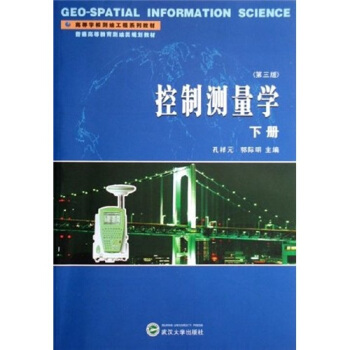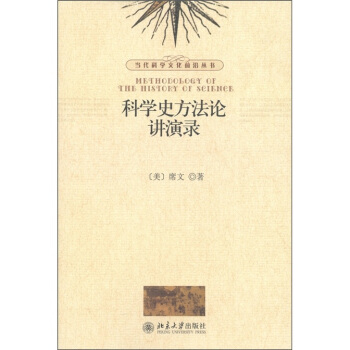![等离子体物理学和受控聚变:第1卷(第2版) [Introduction to plasma physics and controlled fusion.Volume 1, Plasma physics 2nd edition]](https://pic.tinynews.org/10256968/df9bb09b-3e0f-433f-b4c3-1fda8e35e3e5.jpg)

具体描述
内容简介
In the nine years since this book was first written, rapid progress has been made scientifically in nuclear fusion, space physics, and nonlinear plasma theory. At the same time, the energy shortage on the one hand and the exploration of Jupiter and Saturn on the other have increased the national awareness of the important applications of plasma physics to energy production and to the understanding of our space environment.In magnetic confinement fusion, this period has seen the attainment of a Lawson number nTE of 2×1013 cm-3 sec in the A!cator tokamaks at MIT; neutral-beam heating of the PLT tokamak at Princeton to KTi=6.5 keV; increase of average to 3%-5% in tokamaks at Oak Ridge and General Atomic; and the stabilization of mirror-confined plasmas at Livermore, together with injection of ion current to near field-reversal conditions in the 2XIIB device. Invention of the tandem mirror has given magnetic confinement a new and exciting dimension. New ideas have emerged, such as the compact torus, surface-field devices, and the EBT mirror-torus hybrid, and some old ideas, such as the stellarator and the reversed-field pinch, have been revived. Radiofrequency heat-ing has become a new star with its promise of dc current drive. Perhaps most importantly, great progress has been made in the understanding of the MHD behavior of toroidal plasmas: tearing modes, magnetic islands, and disruptions. Concurrently, the problems of reactor design, fusion technology, and fission-fusion hybrids have received serious attention for the first time.
作者简介
作者:(美国)陈(FrancisF.Chen)内页插图
目录
Preface to the Second EditionPreface to the Dirt Edition
1. INTRODUCTION
2. SINGLE-PARTICLE MOTIONS
3. PLASMAS AS FLUIDS
4. WAVES IN PLASMAS
5. DIFFUSION AND RESISTIVITY
6. EQUILIBRIUM AND STABILITY
7. KINETIC THEORY
8. NONLINEAR EFFECTS
APPENDICES
Index
Index to Problems
精彩书摘
What makes plasmas particularly difficult to analyze is the fact that the densities fall in an intermediate range. Fluids like water are so dense that the motions of individual molecules do not have to be considered. Collisions dominate, and the simple equations of ordinary fluid dynamics suffice. At the other extreme in very low-density devices like the alternating-gradient synchrotron, only single-particle trajectories need be considered; collective effects are often unimportant. Plasmas behave sometimes like fluids, and sometimes like a collection of individual particles. The first step in learning how to deal with this schizophrenic personality is to understand how single particles behave in electric and magnetic fields. This chapter differs from succeeding ones in that the E and B fields are assumed to be Prescribed and not affected by the charged particles.前言/序言
In the nine years since this book was first written, rapid progress has been made scientifically in nuclear fusion, space physics, and nonlinear plasma theory. At the same time, the energy shortage on the one hand and the exploration of Jupiter and Saturn on the other have increased the national awareness of the important applications of plasma physics to energy production and to the understanding of our space environment.In magnetic confinement fusion, this period has seen the attainment of a Lawson number nTE of 2×1013 cm-3 sec in the A!cator tokamaks at MIT; neutral-beam heating of the PLT tokamak at Princeton to KTi=6.5 keV; increase of average to 3%-5% in tokamaks at Oak Ridge and General Atomic; and the stabilization of mirror-confined plasmas at Livermore, together with injection of ion current to near field-reversal conditions in the 2XIIB device. Invention of the tandem mirror has given magnetic confinement a new and exciting dimension. New ideas have emerged, such as the compact torus, surface-field devices, and the EBT mirror-torus hybrid, and some old ideas, such as the stellarator and the reversed-field pinch, have been revived. Radiofrequency heat-ing has become a new star with its promise of dc current drive. Perhaps most importantly, great progress has been made in the understanding of the MHD behavior of toroidal plasmas: tearing modes, magnetic islands, and disruptions. Concurrently, the problems of reactor design,fusion technology, and fission-fusion hybrids have received serious atten-tion for the first time.
Inertial confinement fusion has grown from infancy to a research effort one-fourth as large as magnetic fusion. With the 25-TW Shiva laser at Livermore, 3lear neutrons have been produced in a single pellet implosion, and fuel compressions to one hundred times liquid hydrogen density have been achieved. The nonlinear plasma processes involved in the coupling of laser radiation to matter have received meticulous attention, and the important phenomena of resonance absorption, stimulated Brillouin and Raman scattering, and spontaneous magnetic field generation are well on the way to being understood. Particle drivers-electron beams, light-ion beams, and heavy-ion beams——have emerged as potential alternates to lasers, and these have brought their own set of plasma problems.
In space plasma physics, the concept of a magnetosphere has become well developed, as evidenced by the prediction and observation of whistler waves in the Jovian magnetosphere. The structure of the solar corona and its relation to sunspot magnetic fields and solar wind generation have become well understood, and the theoretical description of how the aurora borealis arises appears to be in good shape.
Because of the broadening interest in fusion, Chapter 9 of the first edition has been expanded into a comprehensive text on the physics of fusion and will be published as Volume 2. The material originated from my lecture notes for a graduate course on magnetic fusion but has been simplified by replacing long mathematical calculations with short ones based on a physical picture of what the plasma is doing. It is this task which delayed the completion of the second edition by about three years.
Volume 1, which incorporates the first eight chapters of the first edition, retains its original simplicity but has been corrected and expanded. A number of subtle errors pointed out by students and professors have been rectified. In response to their requests, the system of units has been changed, reluctantly, to inks (Sl). To physicists of my own generation, my apologies; but take comfort in the thought that the first edition has become a collector's item.
The dielectric tensor for cold plasmas has now been included; it was placed in Appendix B to avoid complicating an already long and difficult chapter for the beginner, but it is there for ready reference.The chapter on kinetic theory has been expanded to indude ion Landau damping of acoustic waves, the plasma dispersion function, and Bern-stein waves. The chapter on nonlinear effects now incorporates a treat-ment of solitons via the Korteweg-deVries and nonlinear Schrodinger equations. This section contains more detail than the rest of Volume 1,but purposely so, to whet the appetite of the advanced student. Helpful hints from G. Morales and K. Nishikawa are hereby acknowledged.
For the benefit of teachers, new problems from a decade of exams have been added, and the solutions to the old problems are given. A sample three-hour final exam for undergraduates will be found in Appendix C. The problem answers have been checked by David Brower;any errors are his, not mine.
Finally, in regard to my cryptic dedication, I have good news and bad news. The bad news is that the poet (my father) has moved on to the land of eternal song. The good news is that the eternal scholar (my mother) has finally achieved her goal, a Ph.D. at 72. The educational process is unending.
Francis F. Chen
Los Angeles, 1983
用户评价
这本书的字体大小和行间距给我一种非常舒适的阅读体验,这一点对于一本内容如此深入的学术著作来说至关重要。我是一名有着多年研究经验的退休教授,曾经涉足过物理学的多个分支,但等离子体物理学和受控聚变领域,一直是我想系统深入了解却未曾实践过的。 我尤其关注这本书在理论深度和广度上的表现。作为一本“第2版”,我期待它能够在前一版的基础上,融入最新的研究成果和理论发展。在等离子体物理学方面,我希望它能涵盖从流体理论到粒子理论的完整体系,以及相关的先进诊断技术。而在受控聚变部分,我希望它能对不同类型的聚变装置(如磁约束和惯性约束)进行详尽的介绍,并分析其在材料科学、工程技术等方面的挑战。如果书中能附带一些高质量的图表和公式推导,并且解释得清晰明了,那将极大地提升我的阅读效率和理解深度。
评分第一次看到这本书的时候,我就被它严谨的学术气质所吸引。我从事的是与核工业相关的技术工作,虽然不直接涉及等离子体物理的核心研究,但对清洁能源和未来能源发展趋势非常关注。等离子体物理学和受控聚变是未来能源领域的重要组成部分,我希望通过阅读这本书,能够对这个领域有一个更宏观、更全面的了解。 我特别看重的是它能否帮助我理解等离子体在不同尺度下的行为特性,以及在受控聚变过程中所面临的各种工程挑战。例如,如何有效地约束高温等离子体,如何管理其能量损失,以及如何实现持续稳定的聚变反应等。如果书中能够对这些实际问题给出深入浅出的解释,并提及一些正在进行的国际合作项目,那将对我非常有启发。我期待这本书能让我站在更高的视角,洞察等离子体物理学和受控聚变领域的最新进展和未来方向。
评分这本书的装帧质量非常出色,书页纸张厚实,印刷清晰,拿在手里沉甸甸的,有一种扎实的学术气息扑面而来。我是一名正在攻读相关领域硕士学位的研究人员,在实验过程中,经常会遇到一些理论上的瓶颈和困惑,希望这本书能够提供给我一些深入的解析和创新的思路。尤其是在等离子体诊断和模拟方面,我希望能找到更系统、更详细的介绍,了解目前最先进的技术手段和理论模型。 我知道等离子体物理学涉及的数学工具非常复杂,我特别关注这本书在公式推导和概念讲解上是否足够清晰易懂,能否帮助我这个“数学渣”也能逐步掌握其中的奥秘。同时,“受控聚变”部分,我希望能看到对各种聚变方案(如托卡马克、仿星器等)的比较分析,以及它们各自的优缺点和未来发展前景。如果书中能包含一些典型的实验案例或研究成果,那就更完美了,这能帮助我更好地理解理论在实际中的应用。
评分这本书的书脊设计非常简洁大气,让我一眼就在书架上认出了它。我是一名业余爱好者,对科学世界充满了好奇心,尤其对那些能够改变人类未来的前沿科技领域情有独钟。等离子体物理学和受控聚变,这两个词汇在我看来,就代表着无限的可能和激动人心的未来。 我非常希望这本书能够以一种通俗易懂的方式,为我介绍等离子体的基本概念,比如它与固体、液体、气体的区别,以及它在宇宙中的普遍性。对于“受控聚变”,我更希望能了解它的基本原理,比如氢原子核如何结合成氦原子核,以及在这个过程中释放出的巨大能量。如果书中能有一些生动形象的比喻或类比,帮助我理解那些复杂的物理过程,那将是我莫大的福音。我渴望这本书能点燃我对等离子体物理学和受控聚变的热情,让我能够更深入地了解这个充满魅力的科学领域。
评分这本书的封面设计非常有吸引力,深邃的蓝色背景配上跳跃的橙色等离子体纹理,给人一种科技感和神秘感,仿佛能立刻将人带入微观粒子运动的奇妙世界。我是一名对天体物理学和能源科学都抱有浓厚兴趣的在读学生,一直以来,等离子体物理学这个领域就像一个未知的宇宙,充满了各种令人着迷的现象和巨大的发展潜力。这本书的到来,无疑为我打开了一扇通往这个领域的崭新大门。 从封面上就能感受到这本著作的份量,它不仅仅是一本书,更像是一本厚重的知识宝库,等待着我去一点点地挖掘和探索。我期待着它能为我系统地梳理等离子体物理学的基本概念,从最基础的粒子运动规律,到复杂的宏观动力学行为,都能有条理地阐述。特别是“受控聚变”这个词,让我充满了好奇,它代表着人类对清洁能源的终极追求,而这本书能否为我揭示实现这一伟大目标的科学原理和技术挑战,是我最关注的焦点。我相信,通过阅读这本书,我将能够建立起对等离子体物理学和受控聚变坚实的基础认知,为我未来的学术研究和职业发展打下坚实的基础。
评分没有质量问题
评分挺好的正版
评分活动买的,很划算,质量还可以吧
评分非常好的书,影印本,找到找不到了。
评分影印版 字很小 内容比较简单
评分这本书的类容太高大上了,好难懂~~~
评分很好,就是这书印刷的时候不能再去掉一点边边么,边边空的很大啊,给人做笔记用的?去掉边边的话这书可能还是挺小巧便携的
评分影印版 字很小 内容比较简单
评分哎得学学这个东西 感觉是挺好用的
相关图书
本站所有内容均为互联网搜索引擎提供的公开搜索信息,本站不存储任何数据与内容,任何内容与数据均与本站无关,如有需要请联系相关搜索引擎包括但不限于百度,google,bing,sogou 等
© 2025 book.idnshop.cc All Rights Reserved. 静思书屋 版权所有

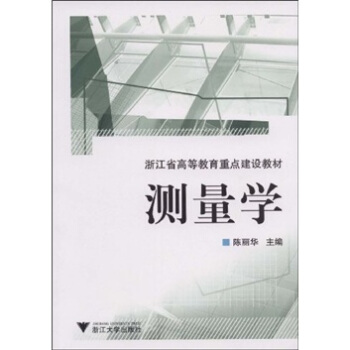
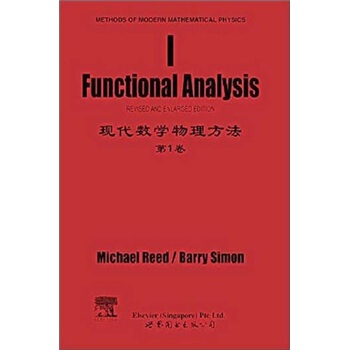




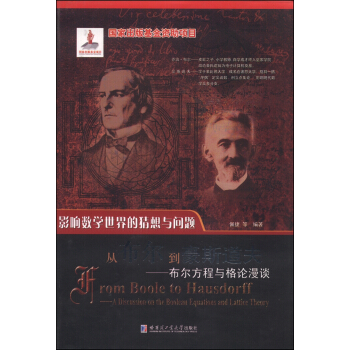
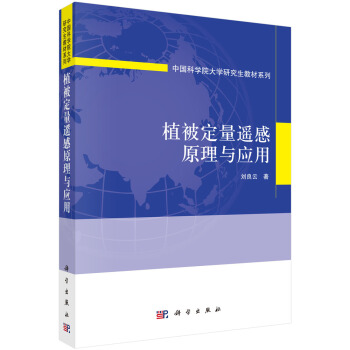
![计算光子学——MATLAB导论 [Computational Photonics an Introduction With MATLAB] pdf epub mobi 电子书 下载](https://pic.tinynews.org/11717948/5594ea66N3f41a79e.jpg)

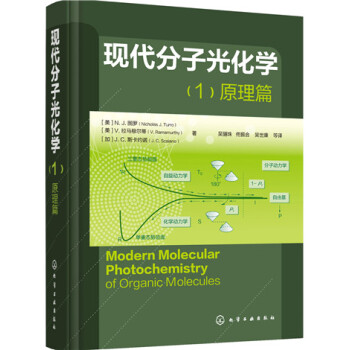
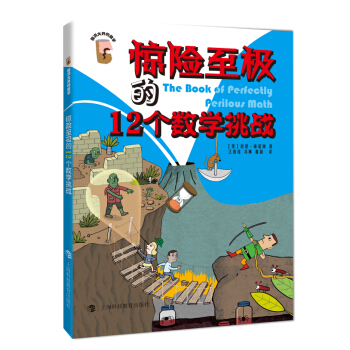
![生命科学名著:进化 [Evolution] pdf epub mobi 电子书 下载](https://pic.tinynews.org/11882499/57431b71N00f1239f.jpg)
![今日天文 星系世界和宇宙的一生(翻译版 原书第8版) [Astronomy Today] pdf epub mobi 电子书 下载](https://pic.tinynews.org/11959953/5837d889Ned8822b4.jpg)



